Publications
-
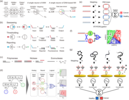
Harnessing DNA computing and nanopore decoding for practical applications: from informatics to microRNA-targeting diagnostics
DNA computing represents a subfield of molecular computing with the potential to become a significant area of next-generation computation due to the high programmability inherent in the sequence-dependent molecular behaviour of DNA. Recent (...)
-
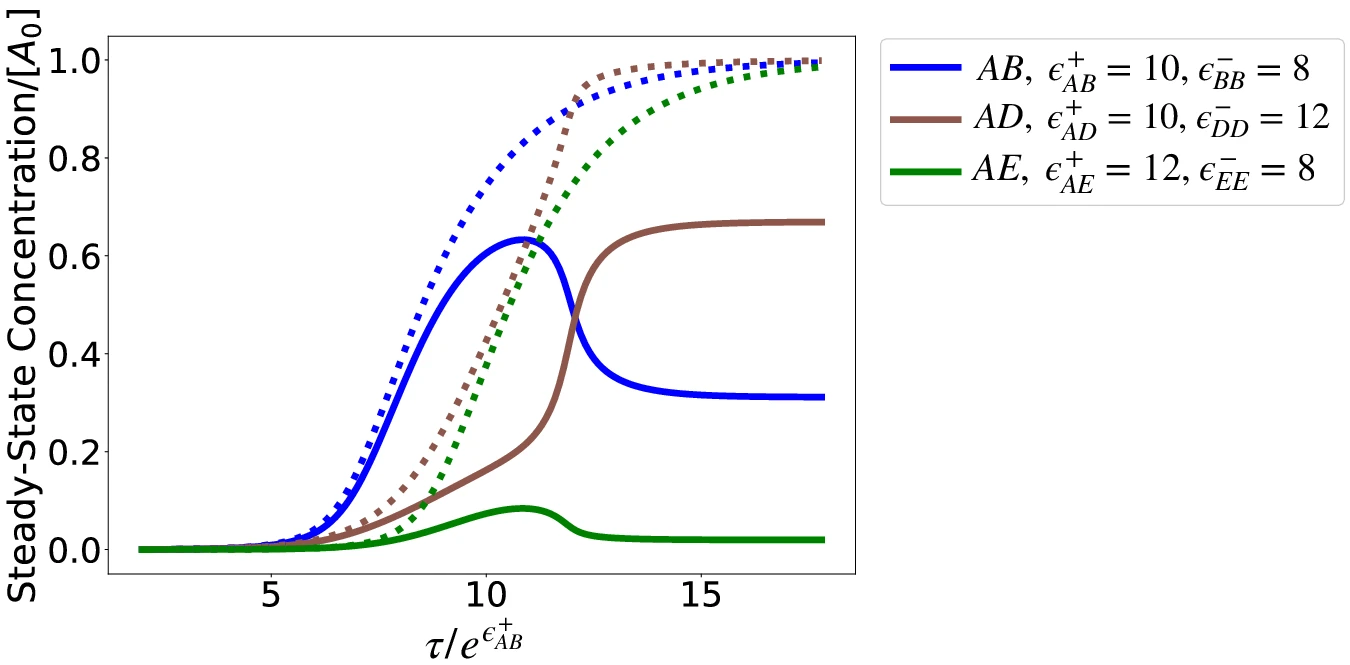
Design principles, growth laws, and competition of minimal autocatalysts
The difficulty of designing simple autocatalysts that grow exponentially in the absence of enzymes, external drives or ingenious internal mechanisms severely constrains scenarios for the emergence of evolution by natural selection in chemical (...)
-
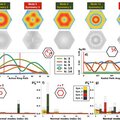
Tuning collective actuation of active solids by optimizing activity localization
Active solids, more specifically elastic lattices embedded with polar active units, exhibit collective actuation when the elasto-active feedback, generically present in such systems, exceeds some critical value. The dynamics then condensates on (...)
-
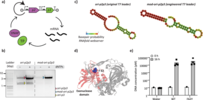
Darwinian Evolution of Self-Replicating DNA in a Synthetic Protocell
Replication, heredity, and evolution are characteristic of Life. We and others have postulated that the reconstruction of a synthetic living system in the laboratory will be contingent on the development of a genetic self-replicator capable of (...)
-
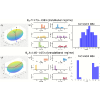
Dynamics of Active Defects on the Anisotropic Surface of an Ellipsoidal Droplet
We investigate the steady state of an ellipsoidal active nematic shell using experiments and numerical simulations. We create the shells by coating microsized ellipsoidal droplets with a protein-based active cytoskeletal gel, thus obtaining (...)
-
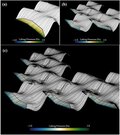
Studies on V-Formation and Echelon Flight Utilizing Flapping-Wing Drones
V-Formation and echelon formation flights can be seen used by migratory birds throughout the year and have left many scientists wondering why they choose very specific formations. Experiments and analytical studies have been completed on the (...)
-

Trading particle shape with fluid symmetry: on the mobility matrix in 3-D chiral fluids
Chiral fluids – such as fluids under rotation or a magnetic field as well as synthetic and biological active fluids – flow in a different way than ordinary ones. Due to symmetries broken at the microscopic level, chiral fluids may have (...)
-
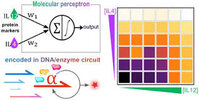
DNA circuit-based immunoassay for ultrasensitive protein pattern classification
Cytokines are important immune modulators, and pivotal biomarkers for the diagnostic of various diseases. In standard analytical procedure, each protein is detected individually, using for instance gold standard ELISA protocols or nucleic acid (...)
-
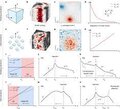
Pattern formation by turbulent cascades
Fully developed turbulence is a universal and scale-invariant chaotic state characterized by an energy cascade from large to small scales at which the cascade is eventually arrested by dissipation1,2,3,4,5,6. Here we show how to harness these (...)
-
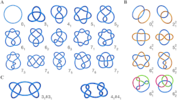
Topology in soft and biological matter
The last years have witnessed remarkable advances in our understanding of the emergence and consequences of topological constraints in biological and soft matter. Examples are abundant in relation to (bio)polymeric systems and range from the (...)

